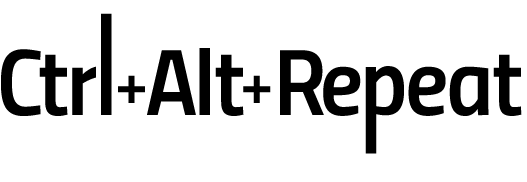Éliane Radigue was born in Paris, France. She studied electroacoustic music techniques at the Studio d’essai at the RTF, under the direction of Pierre Schaeffer and Pierre Henry (1957-58). She was married to the artist, Arman, and devoted ten years to the education of three children, deepening classical music studies and instrumental practice on the harp and piano at the same time. In 1967-68 she worked again with Pierre Henry, as his assistant at the Studio Apsome.
Radigue worked for a year at the New York University School of the Arts in 1970-71. Her music, its source an Arp synthesizer and medium recording tape, attracted considerable attention for its sensitive, dappled purity. She was in residence at the electronic music studios of the University of Iowa and California Institute of the Arts in 1973.
Becoming a Tibetan Buddhist in 1975, Radigue went into retreat, and stopped composing for a time. When she took up her career again in 1979, she continued to work with the Arp synthesizer which has become her signature. She composed Triptych for the Ballet Théâtre de Nancy (choreography by Douglas Dunn), Adnos II & Adnos III, and began the large-scale cycle of works based on the life of the Tibetan master, Milarepa.
In 1984 Radigue received a “bourse à la creation” from the French Government to compose Songs of Milarepa, and a “commande de l’état” in 1986 for the continuation of the Milarepa cycle with Jetsun Mila.
Notoriously slow and painstaking in her work, Radigue has produced in the last decade or so on average one major work every three years. Very recently, in response to the demands of musicians worldwide, she has begun creating works for specific performers and instruments together with electronics. The first of these was for bass player Kaspar Toeplitz, and more recently the American cellist Charles Curtis.
Radigue currently lives in France, where she continues to compose electronic music and study the teachings of the Tibetan lamas. She returns to the United States periodically to present programs of her electronic works.
- ALISON KNOWLES +
- ALVIN LUCIER +
- ANDRÉ CORMIER +
- AREA C +
- BLEVIN BLECTUM +
- CAROLINE PARK +
- CASSIA STREB +
- CAT LAMB +
- CHASE SPRUILL +
- CHRISTIAN WOLFF +
- CHRISTINA KUBISCH +
- CLAY CHAPLIN +
- COMMUNITY MUSICWORKS PLAYERS +
- CRYSTAL HELL POOL +
- DAMION ROMERO +
- DAVID LEE +
- DAVID MONACCHI +
- DAVID ROTHBAUM +
- DAVID WESSEL +
- DELEUZER +
- DONNA PARKER +
- ED OSBORN +
- ÉLIANE RADIGUE +
- EMILY DIX THOMAS +
- ERNST KAREL +
- FORREST LARSON +
- FRANCES-MARIE UITTI +
- GEOFF MULLEN +
- GLENN BACH +
- HANS FJELLESTAD +
- HINJNOIZ +
- IANNIS XENAKIS +
- JÜRG FREY +
- JAMES TENNEY +
- JEN BOYD +
- JEREMY DRAKE +
- JOHN CAGE +
- JOHN OSWALD +
- KADET KUHNE +
- KATHERINE BERGERON +
- KEITH FULLERTON WHITMAN +
- KEN UENO +
- KEVIN PATTON +
- KONUS QUARTETT +
- KRAIG GRADY +
- LAURA CETILIA +
- LUKE MOLDOF +
- LYN GOERINGER +
- MARC THOMAS +
- MARK CETILIA +
- MARK TRAYLE +
- MEM1 +
- MIKE BULLOCK +
- MITCHELL BROWN / SEED POD PALS +
- MORTON FELDMAN +
- NOMI EPSTEIN +
- PETER ABLINGER +
- PHILIP GLASS +
- PIERO GUIMARAES +
- POLYRHYTHMIC +
- REDUX +
- REN SCHOFIELD +
- REUBEN SON +
- ROB BETHEL +
- ROBIN STREB +
- RROSE +
- RS-232 +
- SAKIKO MORI +
- SCHAULUST +
- SHAWN GREENLEE +
- STEVE REICH +
- STEVE RODEN +
- SUBSTRATE +
- SVARTE GREINER +
- TASHI WADA +
- THE PENDERECKI STRING QUARTET +
- TITANS OF JAZZ +
- TOMAS KORBER +
- VIC RAWLINGS +
- WILL GUTHRIE +
- WORK / DEATH +
- YANN NOVAK
